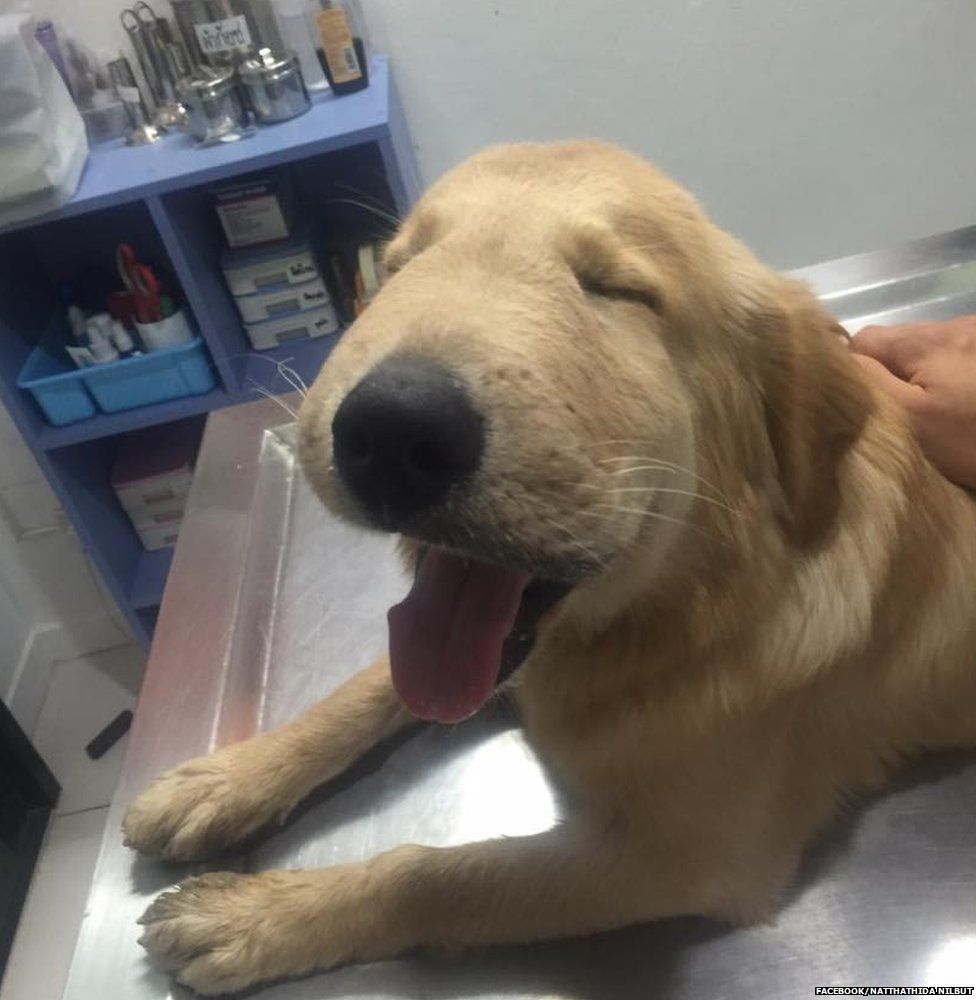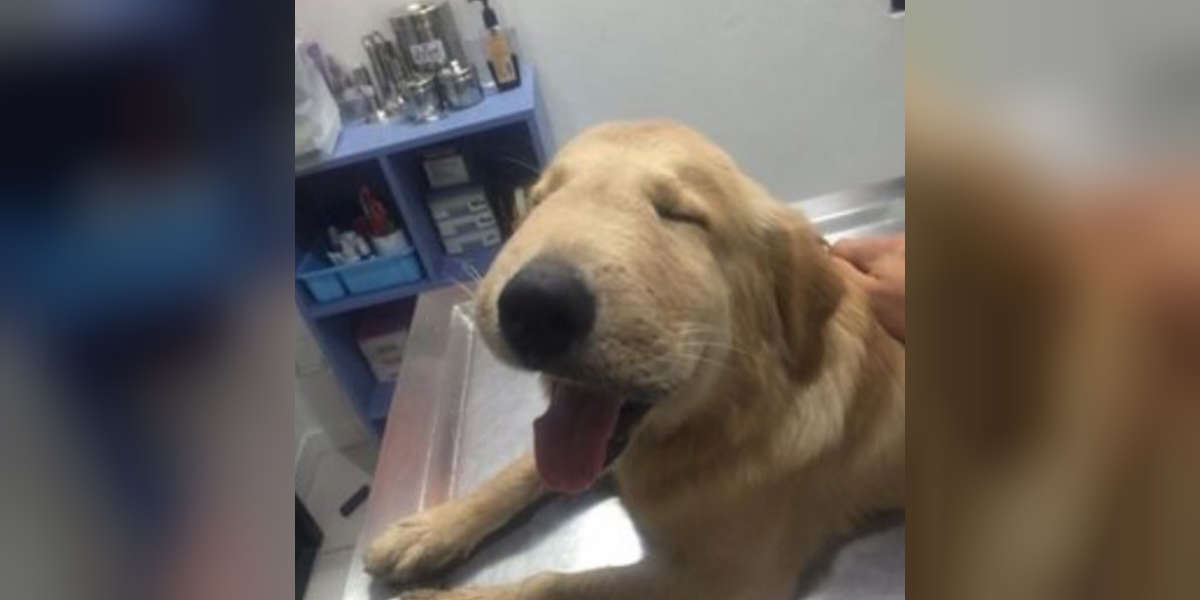

Pawing at face (if bitten on the nose or mouth) Even spiders can inflict a nasty bite on your poor pooch. However, there are several insects that can bite or sting your dog, obviously bees and wasps but also parasites such as fleas, ticks and mosquitos. It’s in their genetics, and dashing after insects can keep your dog entertained for a good while. They tease our poor pooches, buzzing, flying around and landing on them, so we can’t really blame them for going bonkers over a bee.ĭogs have a natural prey drive - some more than others – so chasing all types of animals is completely normal canine behaviour. It’s really no surprise that our dogs get triggered by these irritating insects. The bustling, buzzing sound of a bee is enough to get on our nerves, never mind our dogs who hear everything at a much more intense level.
DOG STUNG BY BEE ALLERGIC REACTION FULL
Insect stings are a lot more prevalent in summer, with the bee and wasp pup-ulation coming out in full force during the hot weather. This is all well and good until a bee or wasp emerges to give your dog a good old telling off! If, after several days, the swelling still persists, call your vet.Our inquisitive little pups can be keen to investigate everything, sticking their snouts into unwanted places.Keep an eye on your dog after he’s been stung to make sure he doesn’t develop an allergic reaction.You can also wrap ice or an icepack in a towel and apply to the area to reduce swelling and ease any pain.Apply a compress of vinegar to the sting area to help reduce the pain.V: Vinegar for Vasp Stings (neutralises the alkaline based venom) Apply a weak mixture of water and baking soda to the affected area as this will help reduce the pain.Remember, the bee sting is barbed – designed not to come out easily! Avoid using tweezers or forceps to remove it unless absolutely necessary because this may squeeze more venom out of the sting.

If the sting is still present, try to remove it by scraping with a fingernail or a rigid piece of card.Give antihistamines to your dog right away (your veterinarian can give you a supply for your dog’s first aid kit, and advise you on dosage and administration).ī: Bicarb for Bee Stings (neutralises the acid based venom).If your dog is having a severe reaction, you should quickly take him to a vet. Watch out for swelling around the neck, throat and head.Signs of a severe reaction include general weakness, difficulty breathing, and a large amount of swelling extending away from the sting site.Some dogs have an allergic reaction to the chemicals in the sting. Once you and the dog are safe, get medical attention as soon as possible if he (or you!) has been stung.Try to put distance between your dog and the swarm as fast as you can.If you see your dog disturb a hive or swarm of wasps or bees, call the dog to you and run or pick up your dog and carry it away.Wasp stings are not barbed but are more painful, and if provoked these insects can sting multiple times.A bee’s sting is barbed and designed to lodge in the skin, killing the bee when it detaches from the body and leaving the sting behind.

These can cause swelling which can close your dog’s throat and block its airway. Some dogs may even get stung on the tongue or inside their mouth or throat if they try to bite or catch an insect. Dogs are most frequently stung on their faces after investigating an insect too closely, but a sting on your dog’s nose is particularly painful. Most of the time bee and wasp stings only cause minor pain and irritation. All dogs are curious and just love to run and chase things…so I bet I’m not alone when I see my own dogs chasing a bee in the garden and run out in a panic! Swelling to the face… A Sting in the mouth…


 0 kommentar(er)
0 kommentar(er)
